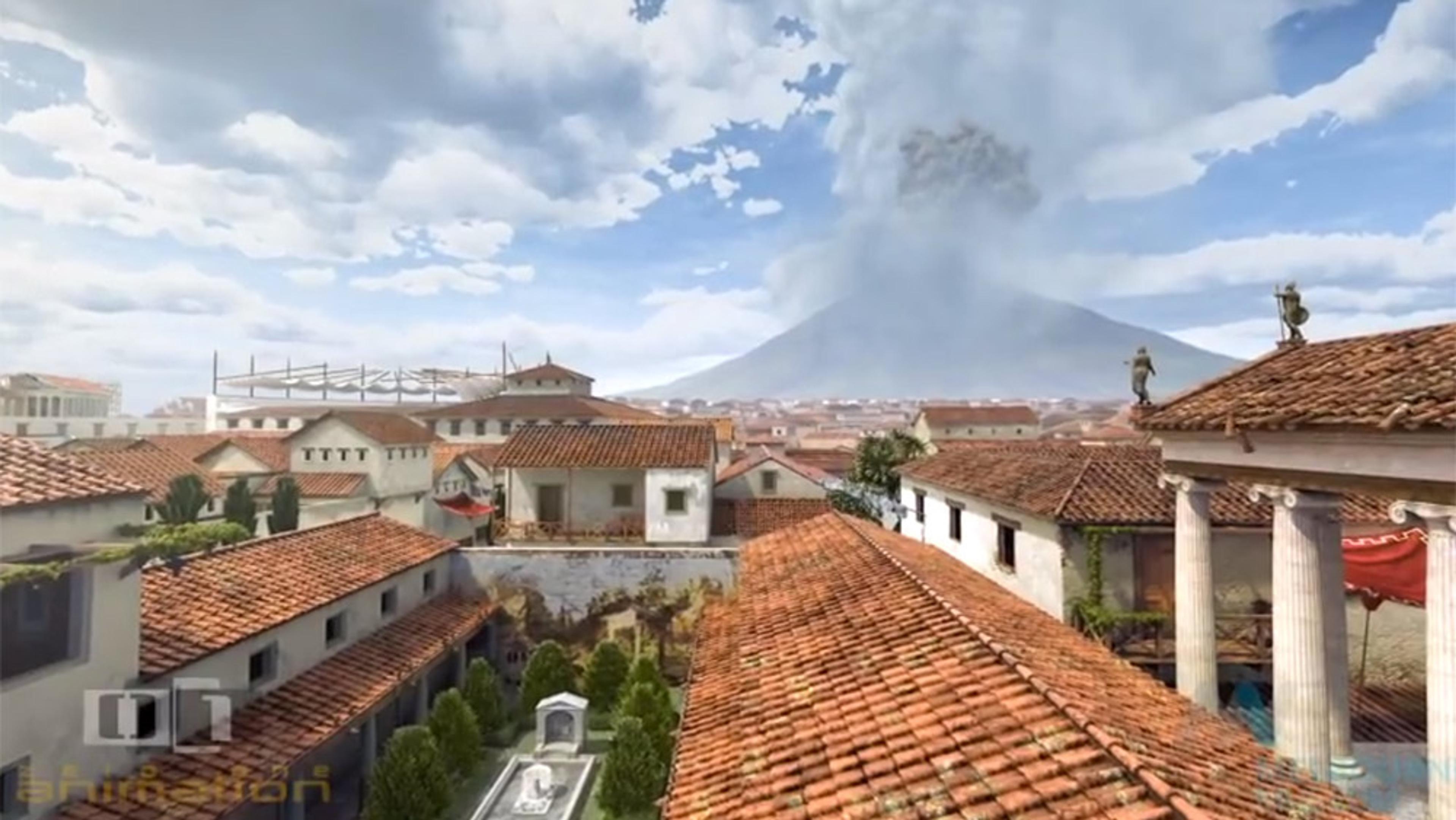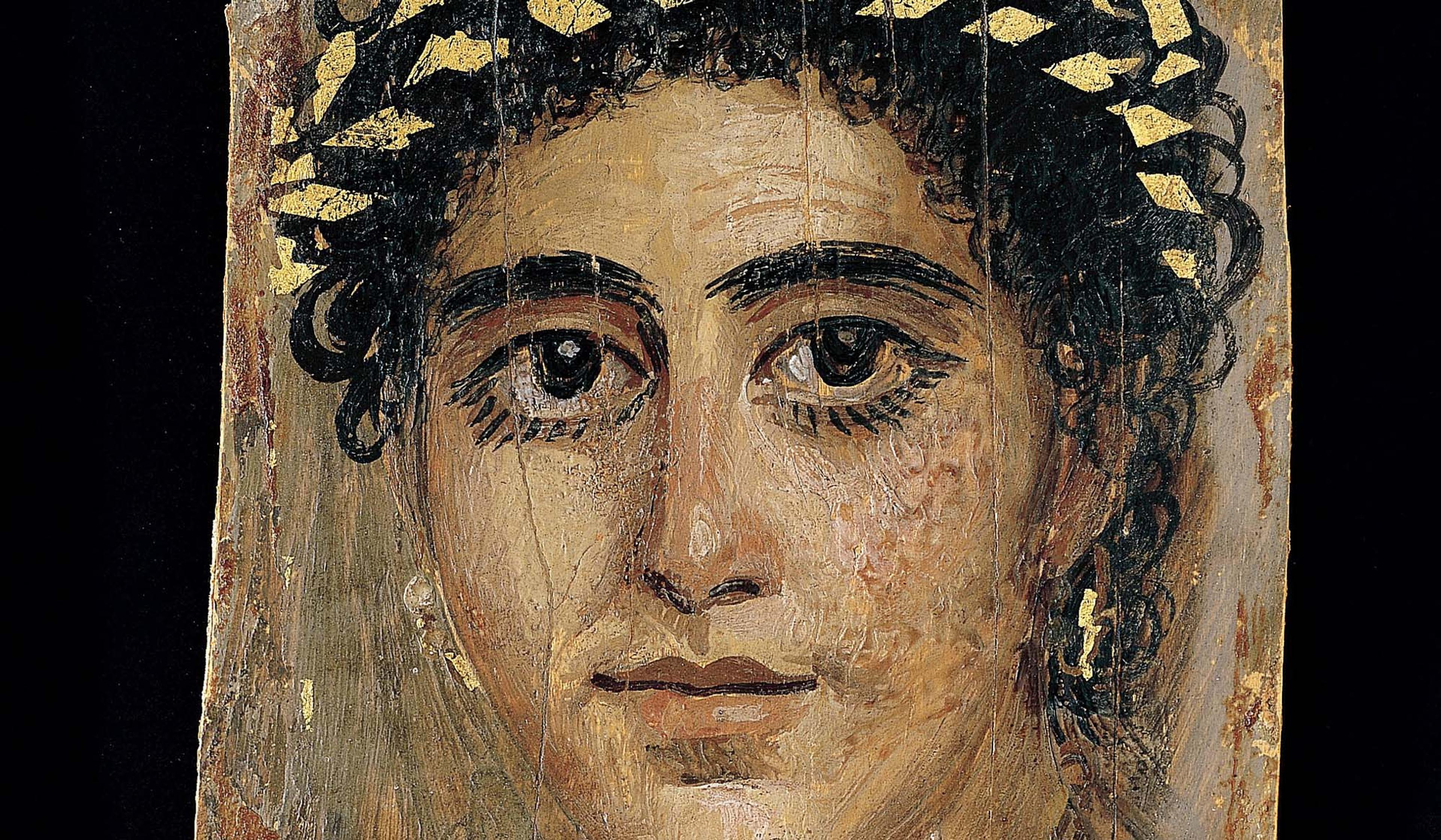Popular culture and even historical writings are replete with depictions of Nero, the emperor of Rome from 54-68 CE, as a tyrant, uninterested in the suffering of his subjects and inclined towards almost every form of sadism imaginable. The truth, however, is much more complicated. In this video from the British Museum, the curators Thorsten Opper and Francesca Bologna provide a tour of the exhibition ‘Nero: The Man Behind the Myth’, which will be featured at the museum from 27 May to 24 October 2021. Taking viewers through an array of artefacts offering insights into Nero’s life, times and legacy, Opper and Bologna present Nero as a complex figure, capable of acts of cruelty, but also broadly popular with the Roman citizenry. In doing so, they also shed light on the process of history-making more generally, which, while not necessarily ‘written by the winners’, is certainly shaped by a confluence of political manoeuvring, elite opinion and surviving materials.
A balanced account of Nero’s life reveals the ‘editing and destruction’ of history-making
Video by the British Museum

videoThe ancient world
Plotting, premonition and chaotic violence – an ancient account of Caesar’s demise
8 minutes

videoArchitecture
A 3D rendering of the Colosseum captures its architectural genius and symbolic power
17 minutes

videoThe ancient world
Petty squabbles and bloody battles – the life of an ancient Roman soldier
18 minutes

videoArt
The overlooked polymath whose theatrical oeuvre made all of Rome a stage
30 minutes

videoThe ancient world
From eruption to obliteration – the sights and sounds of 48 fateful hours in Pompeii
9 minutes

videoThe ancient world
Archeological discoveries animate the life of the warrior queen who took on Rome
6 minutes

videoThe ancient world
Haunting dispatches from the edge of the Roman Empire, just before its collapse
15 minutes

videoWar and peace
‘Semper paratus’ – how the organisation of the Roman army made it always ready for war
3 minutes

videoThe ancient world
Walk like a Roman in this digital reconstruction of the ancient city
9 minutes